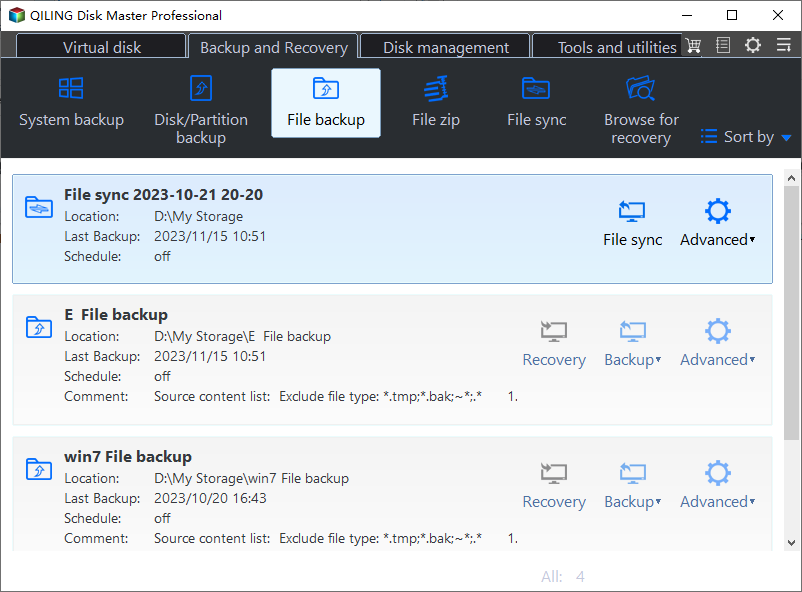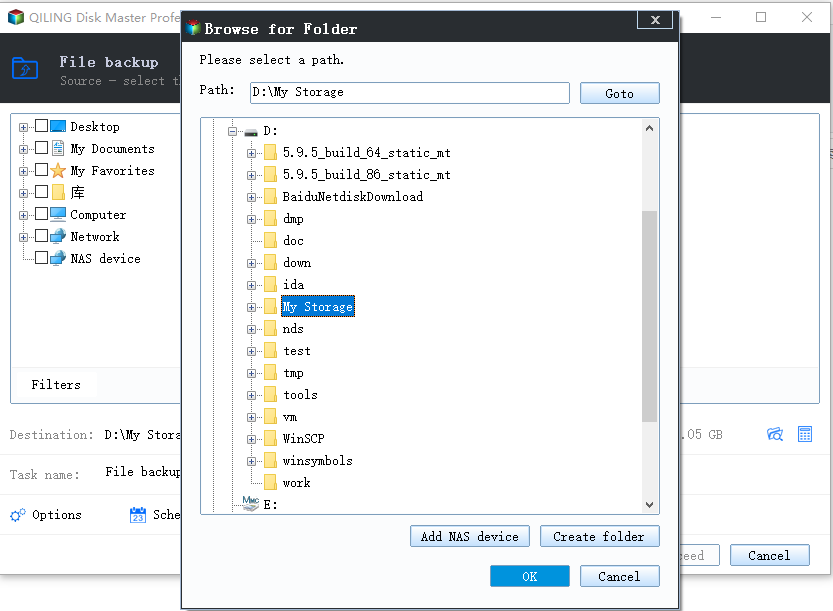Backup Windows.old Folder for Downgrading to Previous Windows Version
What is Windows.old folder?
Upgrading to a new version of Windows creates a Windows.old folder on the C: drive, consuming a lot of disk space and containing all data from the old installation. This folder can be accessed in File Explorer but cannot be deleted there, requiring the use of Disk Cleanup to remove it, or potentially to restore the system to the previous version if issues arise with the current installation.
Do I need to backup Windows.old folder?
Keeping the Windows.old folder, even if you don't plan to restore your old Windows operating system, is a good idea. This is because it can take some time to discover that some files weren't copied to your new Windows installation, and having the folder can make it easier to revert to your old system. However, keeping the folder can take up a significant amount of space on your system drive, and Windows 10 will automatically delete it after 30 days to free up space. To avoid this, you can back up the folder to another location and then delete it, or use the "Go back to Windows 7" or "Go back to Windows 8.1" option to easily restore your old system.
How to backup Windows.old folder with freeware?
Qiling Disk Master Standard is a free Windows backup software that allows users to backup files, folders, systems, partitions, and disks for Windows 10/8.1/8/7. It offers advanced compression features to save disk space, great compatibility to backup to any detectable location, and file filtering to backup specific folders with file extensions. Additionally, it provides backup encryption to secure data. Users can learn how to backup folders with this software.
1. Download, install and launch Qiling Disk Master.
2. Click "Backup" tab, and select "File Backup".
Tip: If you have a Qiling account, you can use the Cloud Backup feature to backup your Windows.old folder to Qiling Cloud.
3. Select the Windows.old folder to backup.
Click "Computer" and select C:\Windows.old in the local computer.
4. Click on the location where the arrow points to select a location to save the image backup.
5. Click "Proceed" to run the backup.
This backup software runs in the background, allowing you to use your computer without interruptions. It enables you to restore the entire folder or specific files from the backup, and also allows you to backup your PC before upgrading to Windows 10 for easier system restoration.
Related Articles
- How to Backup Old Emails in Outlook: A Comprehensive Guide
How to backup old emails in Outlook? This article provides you with three methods to backup old Outlook emails. Let's see how it works. - Three Reliable Hard Disk Defragment Software for Windows
You can find three hard disk defragment software for Windows 10, 8, 7 from this article. Including built-in tools in Windows and a third-party software. - [Full Guide] How to Partition SSD for Windows 10 Install
How to partition SSD for Windows 10 install? This tutorial will provide 2 different ways and offer a step-by-step guide. - How to Clone Dynamic Disk in Windows 11 (2 Ways)
To clone dynamic disk in Windows 11, you can learn 2 useful ways in this article including the easier way. Please read on.


